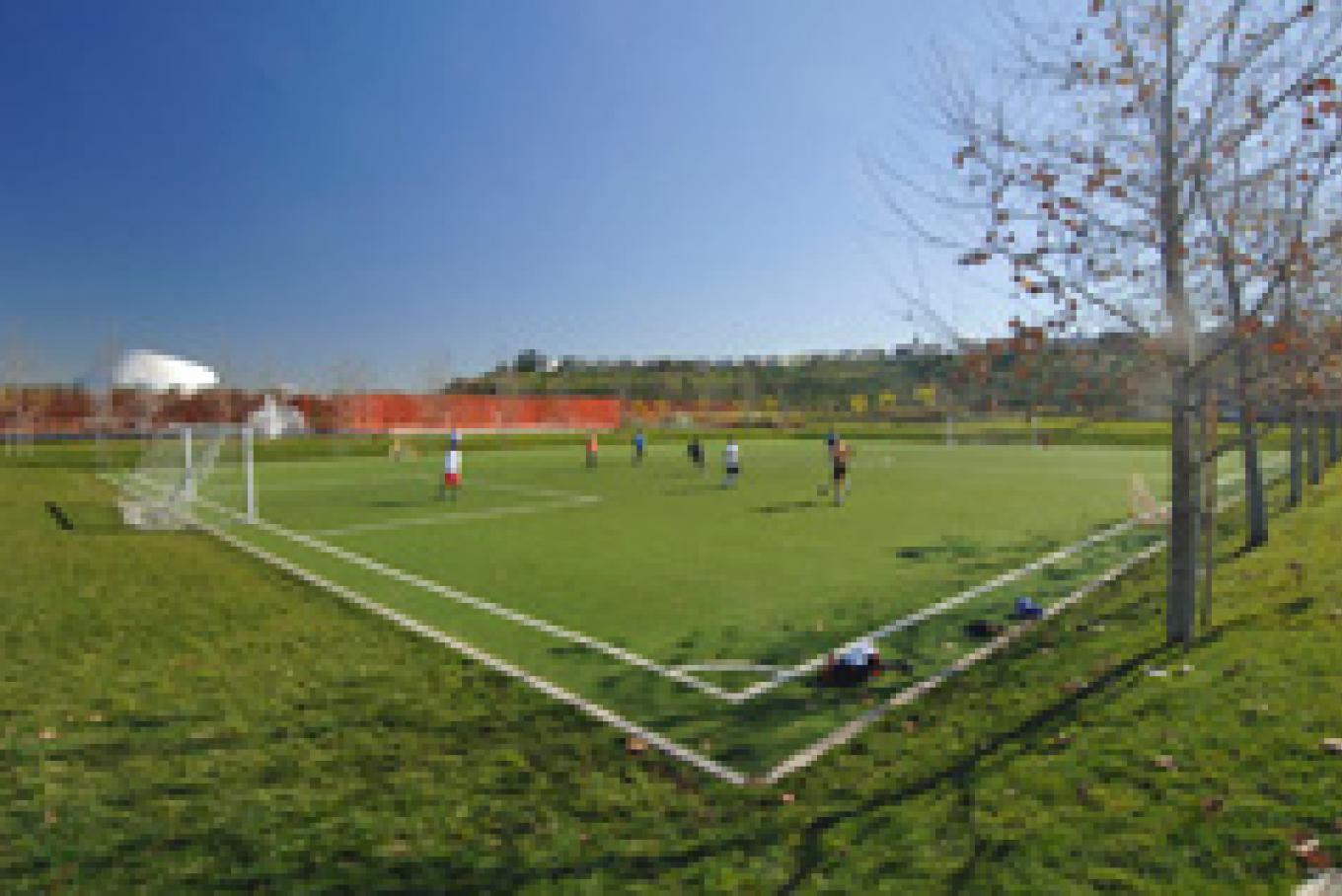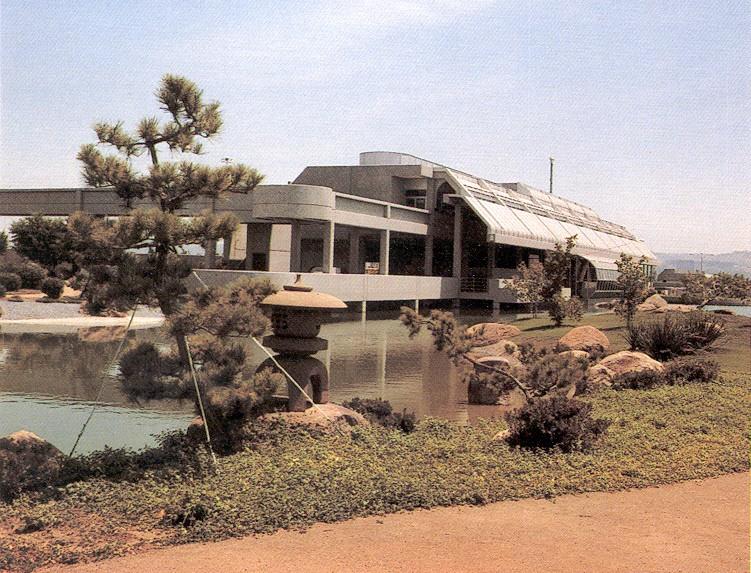

Los Angeles has long relied on water imported from hundreds of miles away to support its water demands, but environmental programs, court rulings, periods of dry weather and low snowpack, and climate change have threatened the reliability of these imported supplies. The City's water supply comes from:
- Imported water from Owens Valley and Mono Lake Basin (Los Angeles Aqueduct);
- Purchased water from the Metropolitan Water District of Southern California (MWD), which is imported from Northern California (California Aqueduct) and the Colorado River (Colorado River Aqueduct); and
- Several local water sources including groundwater, captured stormwater, and recycled water, which are safe and more reliable than imported water supplies.
The City is planning Los Angeles' water future in order to increase reliability. By increasing our local water supplies, such as recycled water, we can reduce our dependence on imported water. Locally, the City treats over 400,000 acre-feet per year (AFY) of wastewater, most of which is discharged into the ocean. The City aims to produce up to 59,000 AFY of recycled water by 2035 for non-potable reuse and groundwater replenishment. In addition, by planning into the future, beyond 2035, the City can find ways to utilize the remaining treated wastewater before it is discharged into the ocean.

Definition of Recycled Water
Recycled water (also called reclaimed water) is highly treated wastewater that has gone through multiple levels of treatment that makes it safe for beneficial uses. Recycled water must be closely monitored and tested to ensure that it meets stringent health and safety standards set by the California Department of Public Health (CDPH) and enforced by nine state Regional Water Quality Control Boards (RWQCB).
Recycled water has been used for non-potable reuse applications in many parts of the United States, including Los Angeles, for decades. Municipal wastewater that has completed tertiary treatment can be used to irrigate schoolyards, parks, and residential landscape and may be suitable for industrial application such as cooling towers or for toilet flushing in office buildings. Other examples of non-potable reuse include agricultural irrigation, dust control during construction, and habitat restoration.
Recycled water for groundwater replenishment applications has a long history in the Los Angeles region. One of the most well-known programs world-wide is operated by the Orange County Water District / Orange County Sanitation District. The City of Los Angeles has its own program, producing highly treated recycled water at the Terminal Island Water Reclamation Plant and injecting 2,000 to 3,000 AFY of purified water into the Dominguez Gap Barrier to protect drinking water in the aquifer from seawater intrusion.
Commitment to Water Recycling
In Los Angeles, recycled water is currently produced at three water reclamation facilities owned by the City and operated by the City of Los Angeles Department of Public Works, Bureau of Sanitation (BOS):
Donald C. Tillman Water Reclamation Plant (DCTWRP),
Los Angeles-Glendale Water Reclamation Plant (LAGWRP), and
Terminal Island Water Reclamation Plant.
Secondary treated water is produced at the City's Hyperion Treatment Plant (HTP) and is provided to the West Basin Municipal Water District (WBMWD) for further treatment. The City uses tertiary water from the WBMWD for beneficial reuse.
LADWP's recycled water service area is grouped into four main service areas: Harbor, Metro, Valley, and the Westside. The existing distribution system has 45 miles of pipeline, two water tanks, and three pumping stations. Existing recycled water infrastructure delivers approximately 8,000 AFY of recycled water.
LADWP is currently planning, designing, or constructing expansions of recycled water infrastructure that will deliver an additional 11,350 AFY for non-potable reuse. Together this infrastructure – in place or in progress – will provide 19,350 AFY of recycled water for beneficial uses.
How Water is Recycled
Recycled water is produced by treating wastewater that involves processes that, at minimum, remove solids to a level that meets regulatory water quality standards. The treatment processes include preliminary, primary, secondary, and tertiary treatments, each of which removes progressively finer grains of solids. At the end of secondary treatment, most solids have been removed from the water. Tertiary treatment eliminates any remaining impurities through filtration and disinfection. All recycled water in the city undergoes tertiary treatment. Advance treated water receives additional microfiltration and reverse osmosis and is produced at the LADWP Terminal Island Water Reclamation Plant.

Approved Uses of Recycled Water
Recycled water is defined under the California Code of Regulations, also known as Title 22, which allows it to be used on food crops, parks, playgrounds, school yards, residential landscaping, cemeteries, freeway landscaping, golf courses, ornamental nurseries, animal pastures, orchards, and vineyards. In addition, recycled water can be used for fishing or environmental benefits, fish hatcheries, cooling towers, and decorative fountains.
How Recycled Water is Used in Los Angeles
Recycled water treated to a secondary, or tertiary level, is used primarily for irrigation and industrial purposes, notably to irrigate golf courses, parks, cemeteries, and in cooling towers such as at Valley Generation Station. In the Los Angeles Harbor area, advanced treated water utilizing microfiltration and reverse osmosis is used for seawater intrusion purposes. In the future, highly purified recycled water will be used for groundwater replenishment.
Contact Information
For more information about the Water Recycling Program, please send us an email